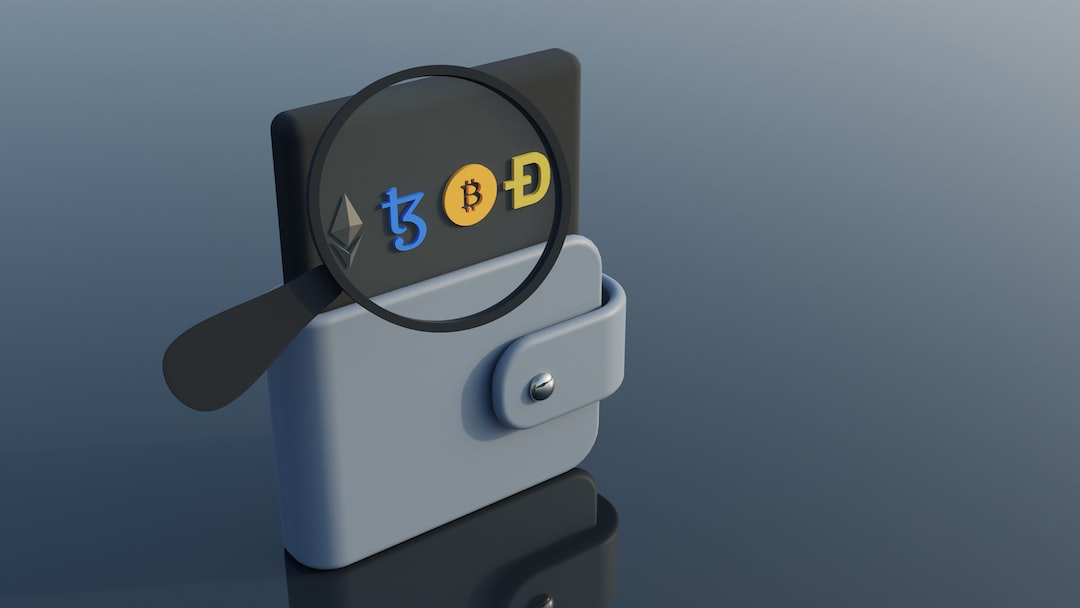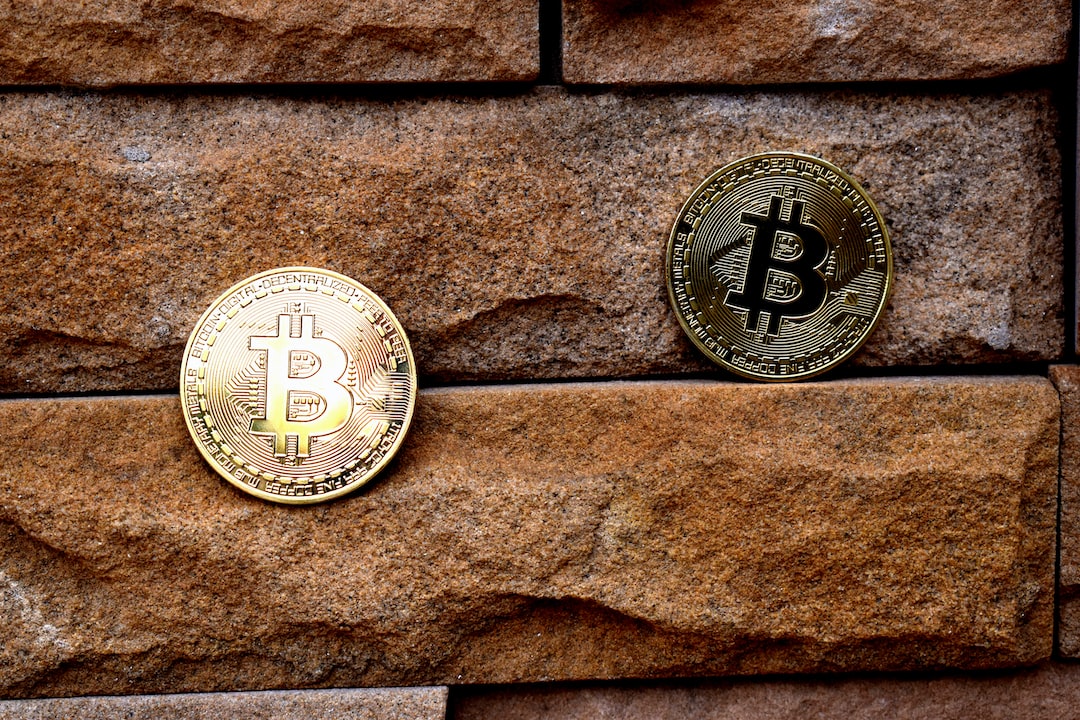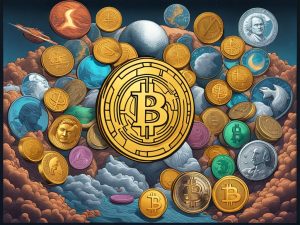The Growing Role of Blockchain in Education
Blockchain technology has become a prominent force in transforming various industries around the world. From finance and manufacturing to logistics and asset capitalization, blockchain has revolutionized these sectors. Now, it is making its mark on education.
While the adoption of blockchain in education is still in its early stages, with only 2% of higher education institutions implementing the technology as of 2019, there is a predicted increase in adoption. According to a poll conducted by research firm Gartner, another 18% of educational institutions are expected to adopt blockchain by 2021.
However, there is a significant gap in how blockchain is being applied across different levels of education. The majority of blockchain implementation is focused on higher education, leaving primary and secondary levels behind.
The Disproportionate Growth of Blockchain in Education
The global COVID-19 pandemic played a significant role in accelerating the adoption of blockchain in education. With schools shutting down and lockdown measures implemented worldwide, alternative solutions were sought to ensure continuous learning. Blockchain emerged as a viable option.
According to The Daily Journal, the global blockchain in education market was valued at $118.73 million in 2021 and is projected to reach $1.056 billion by the end of 2027, representing a compound annual growth rate (CAGR) of 43.94% during the forecast period.
Despite this forecasted growth, blockchain implementation in education remains concentrated in higher education. Data from Zipdo shows that 91.3% of educational startups utilizing blockchain technology are focused on higher education. This highlights the disproportionate wave of growth and where the digital disruption is most felt.
Higher education institutions benefit greatly from blockchain’s immutable ledger technology. They can record academic records, verify transcripts and diplomas, and even use smart contracts for assignment due dates and student loan payments.
However, one platform is aiming to bridge the gap and bring blockchain to a broader education space. TinyTap, a subsidiary of Animoca Brands, allows teachers, parents, and content creators to develop educational games for students, post them on the marketplace, and earn from their content.
Content Creation: A Novel Role for Blockchain in Education
While blockchain developers have primarily focused on higher education institutions, platforms like TinyTap are bringing new use cases to the industry. They promote the creation of educational content and games for children.
TinyTap is a Web 2 app that aims to transition to Web 3 in the future. It allows creators to develop educational games for kids, enables collaboration among teachers worldwide, and offers the ability to sell content through non-fungible tokens (NFTs) for royalties.
TinyTap is also a launch partner for Open Campus, a Web 3 community-led protocol for educators. Together, they have launched a Global Educators Fund worth $10 million to advance blockchain in education specifically for content creation.
Through this collaboration, TinyTap introduces “Publisher NFTs” that give co-publishers rights to share revenue generated from content created by teachers and parents on the platform. Teachers have full ownership of their content and can earn royalties whenever their NFT-based content is resold.
Blockchain in Education For All
The intersection of blockchain technology and education signifies progress and vast possibilities. By building new utilities for blockchain in education, we can enhance data management, authentication of records, fraud reduction, and introduce novel use cases like content creation.
Blockchain technology adds value to education beyond higher education institutions. It brings digitization to lower levels of education and provides a teacher-focused component to content creation. Platforms like TinyTap set a new standard for blockchain in education and pave the way for its future prominence across all educational institutions.
Hot Take: The Future of Blockchain in Education
As blockchain technology continues to evolve, its role in education is set to expand. Lower levels of educational institutions will gravitate towards this technology to streamline content creation and foster transparent, secure earning models for all stakeholders in the education industry. With platforms like TinyTap leading the way, blockchain has the potential to revolutionize education and create new opportunities for teachers, parents, and students alike.





 By
By
 By
By

 By
By
 By
By